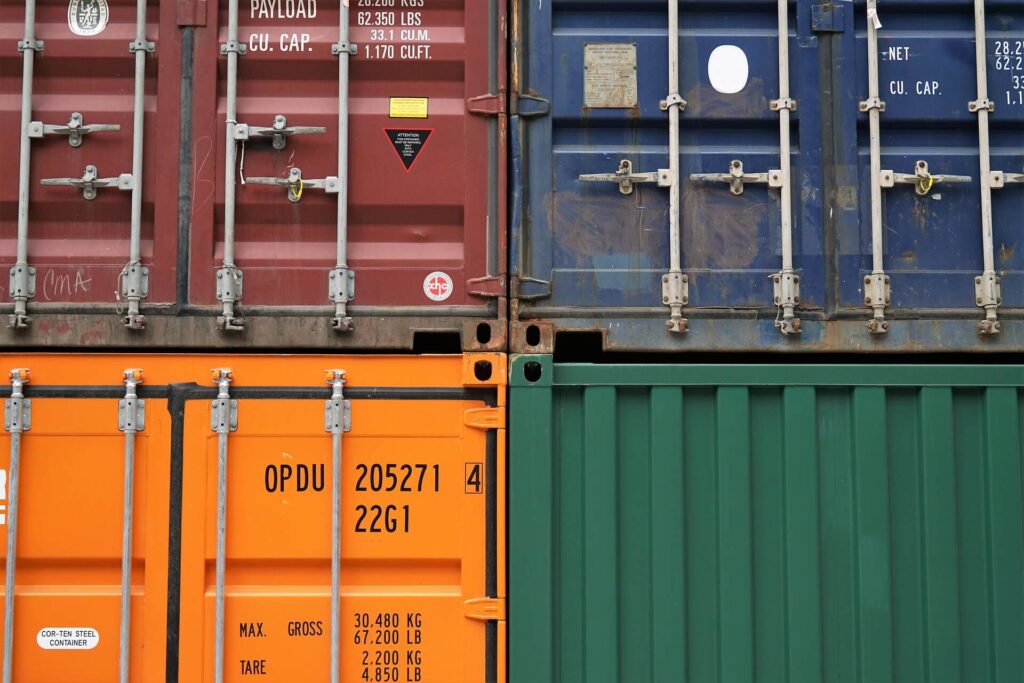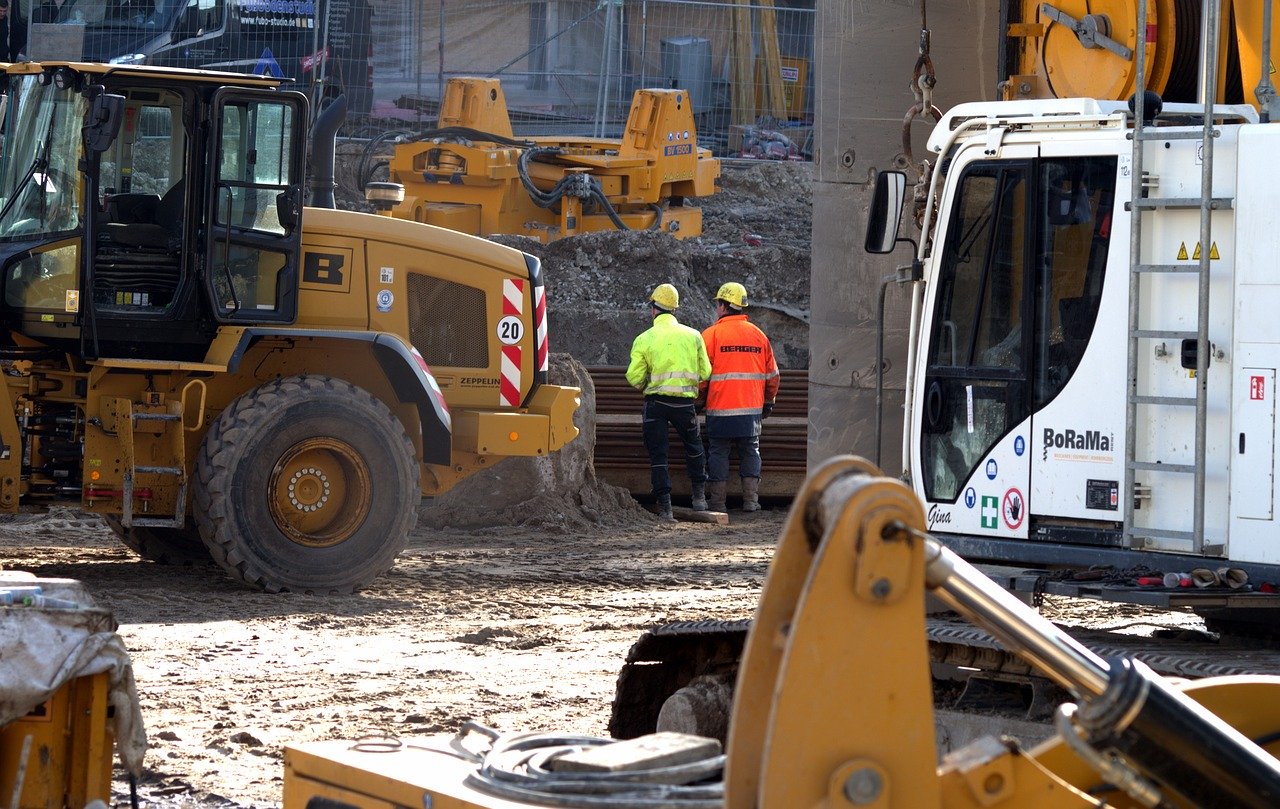Green Technology is the wave of the future. Whether it be taking a more eco-friendly or environmental approach or featuring the latest improvements in logistics, supply chain, or warehousing interfaces, there are an abundance of benefits to adopting and adapting a green approach. Are you looking for ways to integrate these practices into your material handling operations? Are you seeking manners to ride the wave of the future in green technology? There are many steps you can take to do just that. Whether it be increases in automation or recycling, or efficient warehouse designs, these initiatives are proven to bolster a wide range of enhancements to your business. Here is how you can go green with your logistics and warehousing:
1. Implement and Integrate Automation
Automation is the modern age coming soon to a warehouse near you. Artificial intelligence does not replace the human touch but instead optimizes it. By committing your personnel to more prudent and compulsory tasks, artificial intelligence can pick up the slack. Furthermore, automation makes those routine chores and operations done more expediently, efficiently, and effectively. What is monotonous to a person is simple to automated mechanisms. Therefore, implementing and integrating these devices is a great way to ride your logistics and warehousing endeavors straight into the future.
2. Utilize Ergonomic and Efficient Warehouse Designs
With the emergence of Kaizen, LEAN, Six Sigma, and Agile methodologies, ergonomics has stormed to the forefront of material handling and supply chain operations. Now, efficient warehousing designs take these ideologies and approaches on board and bring them into the daily grind. Thanks to performance analytics and metrics, your network infrastructure can do all the leg work while you invent new ways to make the most out of logistics. Whether it be space maximization, improved transportation routes, or smarter personnel management, efficient warehouse designs integrate these ergonomic principles to ensure your business sees the most gains with the lowest possible losses. This is also done through identifying, isolating, and eliminating bottlenecks in your set-up. Efficient warehouse designs not only integrate ergonomic principles but also leverage innovative storage solutions to maximize space and optimize material handling. John Geddes, Director of Sales at East Coast Storage Equipment, emphasizes, ‘In-house warehousing and order picking can be optimized with the right material handling solutions. For instance, our offerings range from conveyor systems that expedite dispatch to storage solutions that maximize capacity. It’s about identifying the best solution for each unique need.
Want to learn more? The 7 Samurais of Construction
3. Improve Recycling
There is not a more fundamental green behavior than improving one’s recycling initiatives. Astoundingly, many do not garner such a progressive attitude to such a routine and simple task. In fact, the carbon emissions accumulated across the supply chain can account for up to 60% of the total carbon footprint left by humans on a regular basis. Implementing recycling can help reduce that carbon footprint. According to ILMM, the bare minimum an organization can do to implement green practices is the installation of a good, efficient, and methodical recycling system. When a business dispenses garbage to landfill, more often than not valuable resources go to waste. The good news is that recycling is easy to get started by simply acquiring and using recycling bins across the premises. Following this up with a training and education for employees in appropriate practices can get any recycling initiative up and running very quickly.
4. Digitize Your Supply Chain
By digitizing your supply chain, you are contributing to the green movement. Using innovative interfaces such as SAP, you can optimize your inventory, enhance material control, and determine areas of improvement in existing operations whilst reducing the carbon footprint. As you ride the wave of the future, you can also obtain a landscape view of the entire supply chain across vast and global business units. Doing so makes it easier to scrutinize and analyze every facet of the operation to identify, isolate, and amend deficiencies. All this can be done with the push of the button and reduces the need for paper-based audits and overmanned hours. The effects of this bolsters efficiency, productivity, and profitability as overhead costs are also slashed. All this done while also contributing positively to the eco-system. Digitizing the supply chain is an emerging trend in the material handling industry and with a plethora of benefits, it is easy to see why.
Read also: The Biggest Construction Companies Using BIM
5. Promote Continuous Improvement
Supply chains are complex in nature. Thus, it may seem endless when finding ways to improve it and make it eco-friendlier. However, there is one philosophy that seems to stand above all others: lifecycle evaluation. It goes beyond achieving certification ISO1400, it is a progressive mindset that encourages businesses to think outside the box at every phase of the operation. Whether it be adopting vendors who are like-minded, finding ways to procure the raw goods without using renewable energies, or utilizing other technologies to slash the amount of pollutants or harmful bi-products, there are always new ways to make your supply chain and logistics programs better. This is especially true when it comes to going green. Just as we have seen new nuances take the forefront in safety awareness to render previous schools of thought obsolete, the same scenarios are unfolding in supply chain management. The best way to stay up to date is to promote a workplace that is transformative and committed to continuous improvement. In doing so, employees can become more interactive and collectively the organization can collaborate in devising new ways to be kinder to the environment. Continuous improvement is more than just an idea, it’s a way of life. Green technology is a result of such an attitude.
About the author: Tom Reddon is a forklift specialist and blog manager for the National Forklift Exchange. He also sits on the Material Handling Equipment Distributors Association (MHEDA) Executive Dialogue team. Follow him on Twitter at @TomReddon





